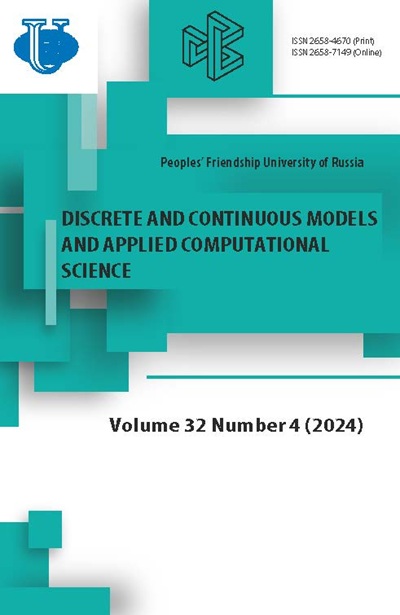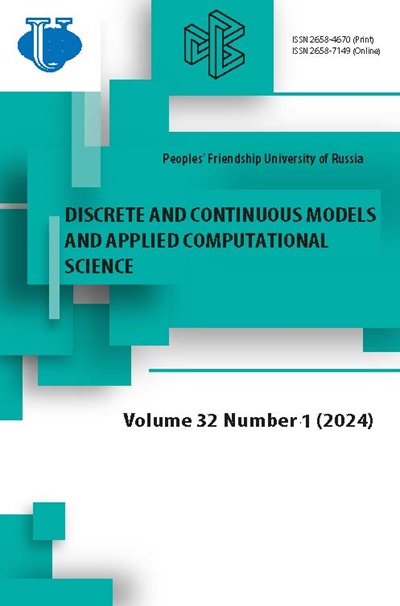Компьютерные исследования зависимости от числа частиц структуры основного состояния двумерной системы заряженных частиц ограниченных круговым потенциалом
- Авторы: Никонов Э.Г.1,2,3, Назмитдинов Р.Г.1,2, Глуховцев П.И.2
-
Учреждения:
- Объединенный иститут ядерных исследований
- Государственный университет «Дубна»
- Национальный исследовательский университет «Высшая школа экономики»
- Выпуск: Том 32, № 1 (2024)
- Страницы: 99-105
- Раздел: Статьи
- URL: https://journals.rudn.ru/miph/article/view/40103
- DOI: https://doi.org/10.22363/2658-4670-2024-32-1-99-105
- EDN: https://elibrary.ru/BXKOPH
Цитировать
















